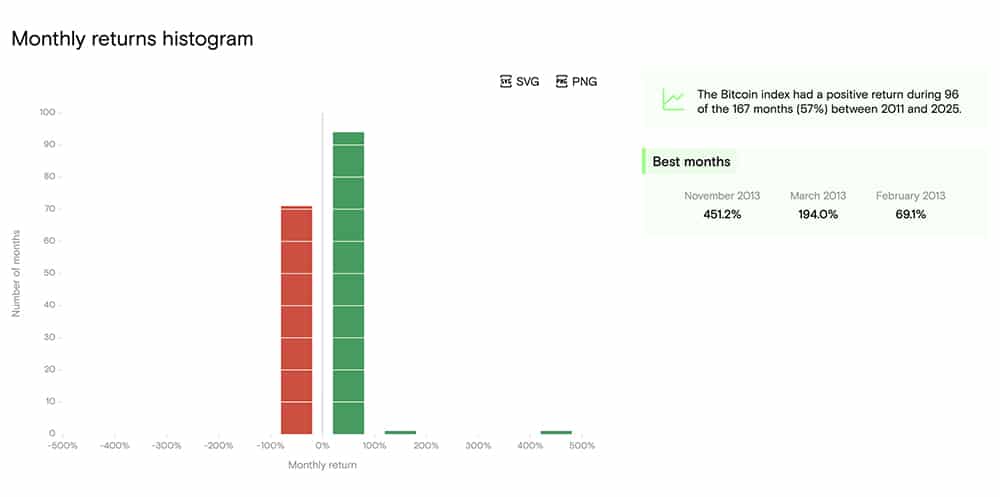Volatility arrives early for Solayer
The post Volatility arrives early for Solayer appeared on BitcoinEthereumNews.com. This is a segment from the Lightspeed newsletter. To read full editions, subscribe. Earlier this week, we wrote that Solayer was about to begin its token unlocks. We noted that this would mark the first real loosening of grip over Solayer’s tightly controlled float, and observed that while the token had surged 87% in a month, traders appeared to be bracing for volatility. Well, SURPRISE! That volatility came early. In the 48 hours that followed, $LAYER collapsed more than 55% from its all-time high, wiping out over $350 million in market cap. The selloff was sharp, disorderly and possibly — in the eyes of some — deliberate. Back in March, onchain researcher Andrew 10 GWEI flagged a series of Solayer team-linked wallets that received large airdrop allocations, deposited funds to Binance and appeared to sell into the market well ahead of this week’s unlock. His analysis suggested that only 3.6% of the total token supply — rather than the 12% promised — was actually distributed through the Genesis Drop. He claimed at the time that over $28 million in tokens were routed through wallets tied to the team. Though Blockworks was unable to directly verify these claims, they have contributed to speculation that the downturn was more of a coordinated exit. But whether orchestrated or not, the crash fed on itself. Thin order books, high leverage and looming dilution made for a classic cascade. The market structure Solayer relied on — thin float, heavy lockups and delayed investor cliffs — is the same playbook that powered dozens of outsized runs this cycle. But this can also be deeply unstable. When a token trades with a high FDV and low float, price discovery becomes a function of narrative momentum, not actual demand depth. Early buyers are betting they can rotate out…

The post Volatility arrives early for Solayer appeared on BitcoinEthereumNews.com.
This is a segment from the Lightspeed newsletter. To read full editions, subscribe. Earlier this week, we wrote that Solayer was about to begin its token unlocks. We noted that this would mark the first real loosening of grip over Solayer’s tightly controlled float, and observed that while the token had surged 87% in a month, traders appeared to be bracing for volatility. Well, SURPRISE! That volatility came early. In the 48 hours that followed, $LAYER collapsed more than 55% from its all-time high, wiping out over $350 million in market cap. The selloff was sharp, disorderly and possibly — in the eyes of some — deliberate. Back in March, onchain researcher Andrew 10 GWEI flagged a series of Solayer team-linked wallets that received large airdrop allocations, deposited funds to Binance and appeared to sell into the market well ahead of this week’s unlock. His analysis suggested that only 3.6% of the total token supply — rather than the 12% promised — was actually distributed through the Genesis Drop. He claimed at the time that over $28 million in tokens were routed through wallets tied to the team. Though Blockworks was unable to directly verify these claims, they have contributed to speculation that the downturn was more of a coordinated exit. But whether orchestrated or not, the crash fed on itself. Thin order books, high leverage and looming dilution made for a classic cascade. The market structure Solayer relied on — thin float, heavy lockups and delayed investor cliffs — is the same playbook that powered dozens of outsized runs this cycle. But this can also be deeply unstable. When a token trades with a high FDV and low float, price discovery becomes a function of narrative momentum, not actual demand depth. Early buyers are betting they can rotate out…
What's Your Reaction?









































